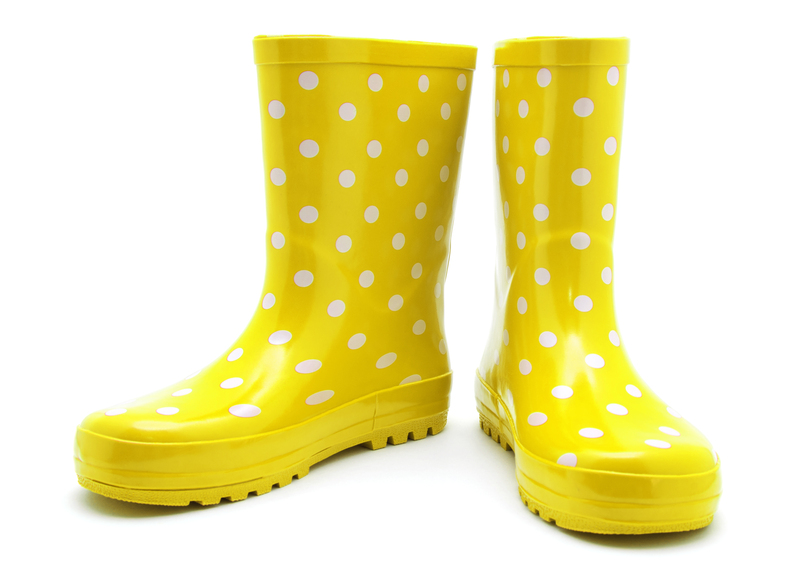Tips and Tricks for a Stress-Free Bed and Mattress Move
Moving beds and mattresses can be one of the most challenging aspects of any home relocation. These bulky, heavy, and often unwieldy items require extra care and planning to ensure that they remain in good condition during the move. If you're dreading the thought of moving your bed or looking for ways to ensure a hassle-free experience, you've come to the right place. This comprehensive guide offers practical tips, expert tricks, and proven tactics for a stress-free bed and mattress move.

Why Beds and Mattresses Are Challenging to Move
Unlike other furniture pieces, beds and mattresses need special consideration for several reasons. Their weight, size, and flexibility make them difficult to handle, while their structural integrity can easily be compromised if not packed or transported properly. Additionally, beds and mattresses are essential for a good night's sleep, so ensuring their safe transit is vital for your comfort in your new home.
Planning Ahead: The Key to an Easy Move
Preparation is your best ally for a successful bed and mattress relocation. A stress-free move doesn't happen by accident; it requires attention to detail, the right tools, and a solid strategy.
1. Measure Everything in Advance
- Measure your mattress and bed frame dimensions to ensure doorways, stairs, and elevators in both your old and new spaces accommodate them.
- Check hallways and corners for tight angles that may complicate the move.
- Have a clear route mapped out to prevent awkward maneuvering on moving day.
2. Gather Must-Have Moving Supplies
- Mattress bags or covers: Essential for keeping your mattress clean and safe from moisture, dirt, and tears. Opt for heavy-duty, waterproof options.
- Moving blankets and plastic wrap: For protecting the bed frame and headboard from scratches and dents.
- Furniture sliders and lifting straps: These aids make moving heavy items easier and safer.
- Disassembly tools: Screwdrivers, Allen wrenches, and small zip-lock bags for storing hardware.
Best Practices for Disassembling Your Bed Frame
Unless your bed is a single-piece or platform design, disassembling the frame is mandatory for a smooth move.
3. Take Photos During Disassembly
- Before you start, take clear photos of how each part is assembled. These visuals will be invaluable during reassembly.
- Label each component (rails, slats, screws) using masking tape for quick identification.
4. Organize Hardware and Small Parts
- Use small bags or containers to keep screws, nuts, and bolts together.
- Tape the bag of hardware securely to a large part of the bed frame so it doesn't get lost.
Packing Your Mattress: The Smart Way
5. Clean and Protect Your Mattress
- Vacuum the mattress thoroughly before packing to remove dust mites and debris.
- Let it air out for a few hours to ensure it's dry--this helps prevent mold while in transit or storage.
- Slide the mattress into a protective bag or cover. This will shield it from dirt, moisture, and damage.
6. Moving Different Types of Mattresses
Not all mattresses are created equal. Here's how to handle different varieties:
- Innerspring Mattresses: Keep upright whenever possible.
- Memory Foam and Latex Mattresses: These can be heavy and floppy. Don't bend them excessively; keep them flat or in their proper orientation.
- Hybrid Mattresses: Treat with extra care--these are often the heaviest.
- Box Springs or Foundations: Pack separately in a protective bag or wrap.
Techniques for Lifting and Carrying Beds and Mattresses
7. Always Lift Safely
- Use correct posture: Bend your knees, keep your back straight, and lift with your legs, not your back.
- Teamwork matters: Always move mattresses and large bed pieces with a partner.
- Furniture sliders or moving straps can reduce the risk of injury and property damage.
8. Maximize Maneuverability
- If navigating stairs, tilt the mattress slightly upwards for clearance.
- Turn tight corners slowly to avoid damaging walls or the mattress itself.
- Remove obstacles and clear the path ahead of time.
Transporting Your Bed and Mattress: What You Need to Know
9. Choose the Right Vehicle
- A moving truck with a spacious cargo area is ideal for bed and mattress moving.
- For small moves, some mattresses can fit in the back of large SUVs or vans, but always measure first.
- Never tie a mattress to the roof of a car--this is unsafe and may result in damage or injury.
10. Loading Strategies for a Damage-Free Move
- Place the mattress along the side wall of the moving vehicle to save space and prevent warping.
- Lay the bed frame against the mattress or on the floor of the truck, cushioned by moving blankets.
- Secure all components with ropes or straps to prevent shifting in transit.
Unloading and Reassembling: Settling Into Your New Home
11. Inspect Everything Before Unpacking
- Before removing any wrappings, inspect for tears, dents, or missing parts.
- If damaged, photograph the items before further handling--especially important if hiring movers or using insurance.
12. Reassembling Your Bed
- Use your reference photos and labeled parts for an accurate and swift setup.
- Double-check all bolts and screws for tightness to ensure a stable structure.
- Allow the mattress to air out and decompress for a few hours before adding bedding.
Bonus Tips for a Smoother Bed and Mattress Move
- Plan your move for early morning or late evening in hot climates. Mattresses are heavy, and heat can make moving more exhausting.
- If moving solo, consider hiring professional movers for the mattress and bed frame.
- Donate, sell, or recycle old mattresses you don't need. Start fresh in your new space and minimize backbreaking labor.
- Take the opportunity to deep clean your bed frame and sleeping area before setting up in your new home.
- Always check for local regulations regarding mattress disposal or recycling in your area before discarding.
Frequently Asked Questions About Moving Beds and Mattresses
How do I keep my mattress clean during a move?
Use a heavy-duty, waterproof mattress bag or cover. These are inexpensive, widely available, and offer the best protection from dirt, bugs, and moisture.
Can I carry a mattress by myself?
While it's possible to carry some smaller mattresses alone, it's best to have help for larger, heavier beds. Using furniture sliders or moving straps can make solo moving safer and more manageable.
What should I do if my bed doesn't fit through the doorway?
Most frames can be disassembled further. Remove any legs, slats, or attached headboards. If that's not possible, consider temporarily removing the door from its hinges for extra clearance.
Is it okay to bend a foam mattress during a move?
Avoid folding or sharply bending foam, latex, or hybrid mattresses as this can damage their internal structure and void the warranty. Always move them flat or upright with adequate support.

Conclusion: Enjoy a Stress-Free Bed and Mattress Move
With the right preparation, tools, and techniques, your next bed and mattress move can be a seamless and even rewarding experience. By following these comprehensive tips and tricks--and keeping a proactive, organized approach--you'll protect your valuable sleep setup, save time, and ensure a comfortable first night in your new space. Remember, planning and protection are your best assets for a hassle-free move. Sleep well, and enjoy your new home!
Summary Checklist: A Hassle-Free Bed and Mattress Move
- Measure all entryways, stairs, and hallways.
- Disassemble the bed frame, labeling each part.
- Bag or wrap your mattress to protect it.
- Lift with care and use moving aids for safety.
- Load strategically in an appropriate vehicle.
- Reassemble using your notes and organized hardware.
Follow these steps, and your next bed and mattress move will be as smooth--and restful--as possible!
